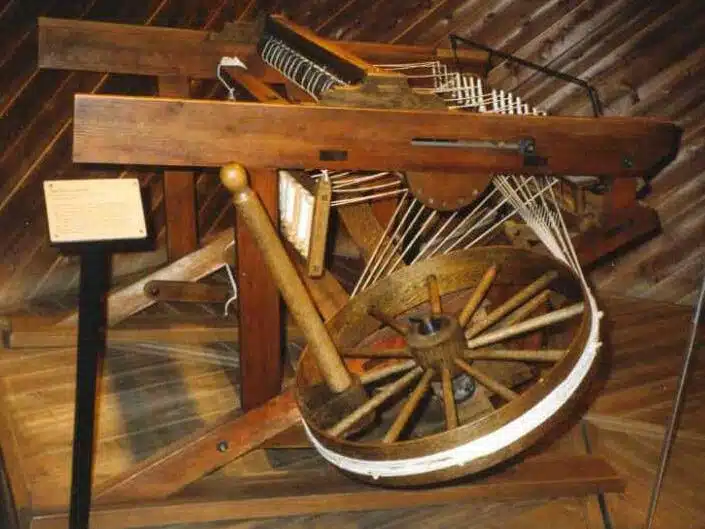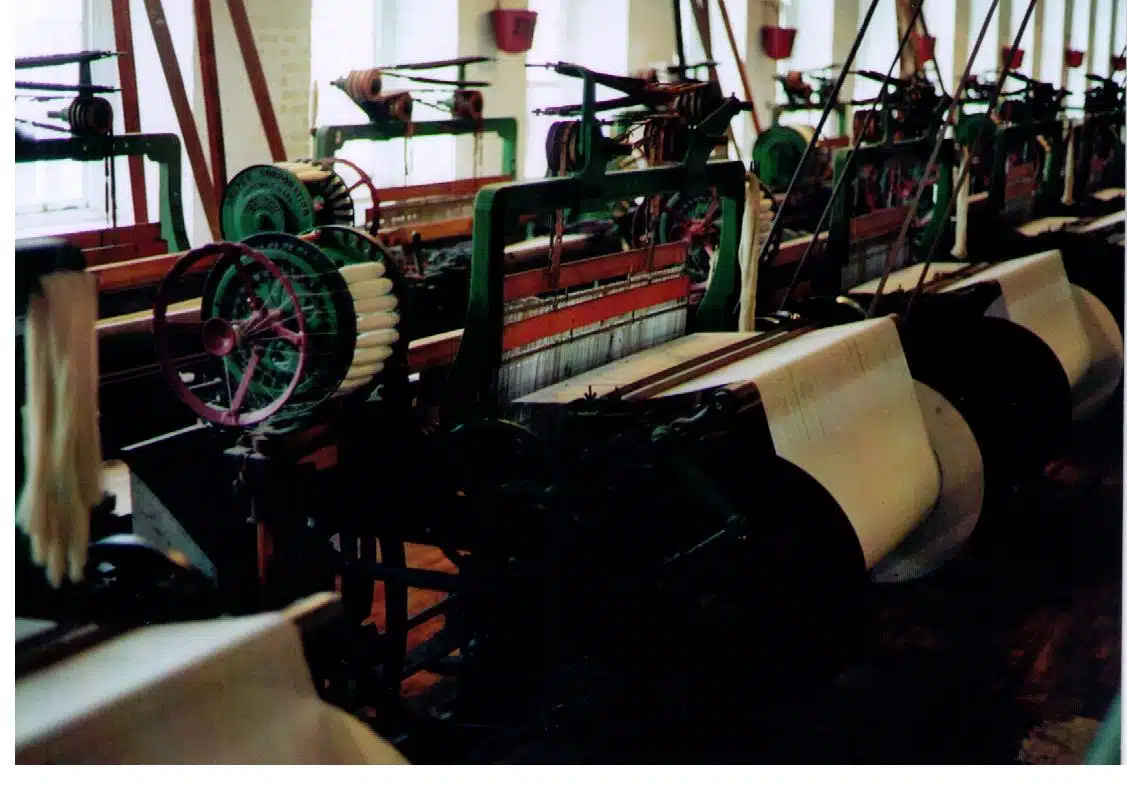Welcome to my travel blog about Travel and Technology Invention, and if you’re interested in which invention has allowed the greatest personal freedom to travel, you’ve come to the right place!

The history of transport is largely one of technological innovation. Advances in technology have allowed people to travel farther, explore more territory, and expand their influence over larger and larger areas.
Jump to any section or read the entire article.
History of Travel Transportation
Some of the earliest evidence of transport technology comes from the Old Stone Age, when people first began using crude tools to assist in travel. This includes the use of simple wooden sleds to move heavy loads, as well as the use of animal skin rafts to cross rivers.
By the New Stone Age, people had begun to domesticate animals, which greatly increased the efficiency of transport. The use of domesticated animals for transport dates back to at least 5,000 BCE, and likely earlier. The first animals to be domesticated were probably oxen and donkeys, which were used to pull carts and carry loads. Later, horses and camels were domesticated, and these animals became essential for long-distance transport.
The development of wheeled vehicles was a major breakthrough in transport technology. The first known use of wheels for transport dates back to about 3500 BCE, when people in Mesopotamia began using wheeled carts to move goods. The invention of the wheel greatly increased the efficiency of transport, and it soon spread to other parts of the world. The first known use of wheels for passenger transport is from about 2000 BCE, when people in the Indus Valley began using two-wheeled chariots.
The first boats were probably simply logs that were floated down rivers. The first boats that were specifically designed for transport were probably canoes, which were first used by people in the Amazon Basin about 8,000 years ago. The first boats that were used for ocean travel were probably sailing boats, which were first used by the Egyptians about 4,000 years ago. The invention of the steam engine in the 18th century led to the development of steam-powered boats and trains, which greatly increased the efficiency of transport.
The invention of the airplane in the early 20th century revolutionized transport. For the first time, people could travel great distances quickly and easily. Air travel soon became widespread, and it continues to be an important part of the transport system today.
Which Invention allowed the greatest personal freedom of travel
The automobile was invented in the late 19th century and has transformed how people live and travel. The automobile has revolutionized transportation beacause it has made it possible for people to travel great distances quickly and easily. It has also made it possible for people to travel to previously inaccessible places.
The automobile has made it possible for people to explore the world in a previously impossible way. The automobile has had a profound impact on society. It has made it possible for people to live in previously uninhabitable places. It has also made it possible for people to travel to previously unreachable places. The automobile has had a profound impact on the way we live our lives and has truly changed the world in a fundamental way.
The invention of the airplane also had a major impact on the freedom of travel. Airplanes allowed people to cross vast distances in a relatively short amount of time. This made it possible to travel to previously inaccessible places, and to do so in a much shorter time frame.
Both the automobile and the airplane have had a profound impact on the way we live and work. They have made it possible for people to live in one place and work in another, and to travel to far-flung corners of the globe with relative ease. In short, they have allowed us to have a level of freedom of travel that was previously unimaginable.
Which is a reason people were open to new invention during the industrial age
People were open to new invention during the industrial age for a variety of reasons. First, the industrial revolution led to a greater demand for labor, as factories and other businesses began to spring up. This created opportunities for people with the skills and knowledge to work in these new industries.
Additionally, the industrial age saw a rise in the standard of living, as more people had access to goods and services that were previously only available to the wealthy. This increased affluence led to a desire for new and innovative products, which created a market for inventors and entrepreneurs.
Finally, the industrial age was a time of great social change, as traditional ways of life were increasingly uprooted. This led to a spirit of experimentation and a willingness to try new things, which helped spur on the wave of invention that characterized the industrial age.
What were the 3 most important inventions of the Industrial Revolution?

The Industrial Revolution was a period of great change and invention. It saw the development of new manufacturing processes and the rise of new technologies. The three most important inventions of the Industrial Revolution were the steam engine, the spinning jenny, and the power loom.
The steam engine, invented by James Watt in 1769, was the first engine to use steam power. It was initially used to pump water out of coal mines, but was later adapted for use in locomotives and other types of machinery. The steam engine was a key factor in the industrialization of Great Britain and other countries.

The spinning jenny, invented by James Hargreaves in 1764, was a machine that could be used to spin multiple threads at the same time. This invention helped to speed up the process of textile production.

The power loom, invented by Edmund Cartwright in 1785, was a machine that could be used to weave cloth more quickly and efficiently than ever before. The power loom was another key factor in the industrialization of the textile industry.
Invention for traveling in the industrial revolution
The most important inventions of the Industrial Revolution for traveling were the steam engine, the locomotive, and the railway. The steam engine, invented by George Stephenson in 1814, made it possible for trains to travel at high speeds and for long distances. The locomotive, invented by Robert Fulton in 1807, was a self-propelled vehicle that could pull trains. The railway, invented by George Stephenson in 1825, was a system of tracks that allowed trains to travel from one place to another.
The steam engine was used to power trains and ships, and it made travel much faster and easier. Another important invention of the Industrial Revolution was the telegraph. The telegraph was used to communicate over long distances, making it possible to send instant messages. The telephone was also invented during the Industrial Revolution, and it made communication even easier.
Summary of Travel and Technology Invention
The first major innovation in transport was the invention of the wheel. This allowed humans to move heavy objects with relative ease and opened up new possibilities for travel. The next major innovation was the development of animal-powered transport, such as the horse and chariot. This allowed humans to cover larger distances more quickly and with less effort.
Over time, other innovations were developed, such as the sailboat and the steam engine. These advances allowed humans to travel even farther and faster, and to explore new parts of the world. Today, we continue developing new technologies that allow us to travel more efficiently and conveniently.
Thank you for reading about Travel and Technology Invention. You can find more World Travel blogs here. Or have a look at El Salvador vs Jamaica: Ultimate Comparison.
- Travel and Technology Invention - February 19, 2023
- Everglades vs Yosemite - January 27, 2023
- States that Start with N - January 12, 2023
